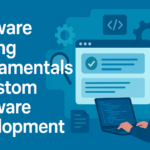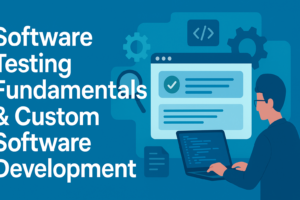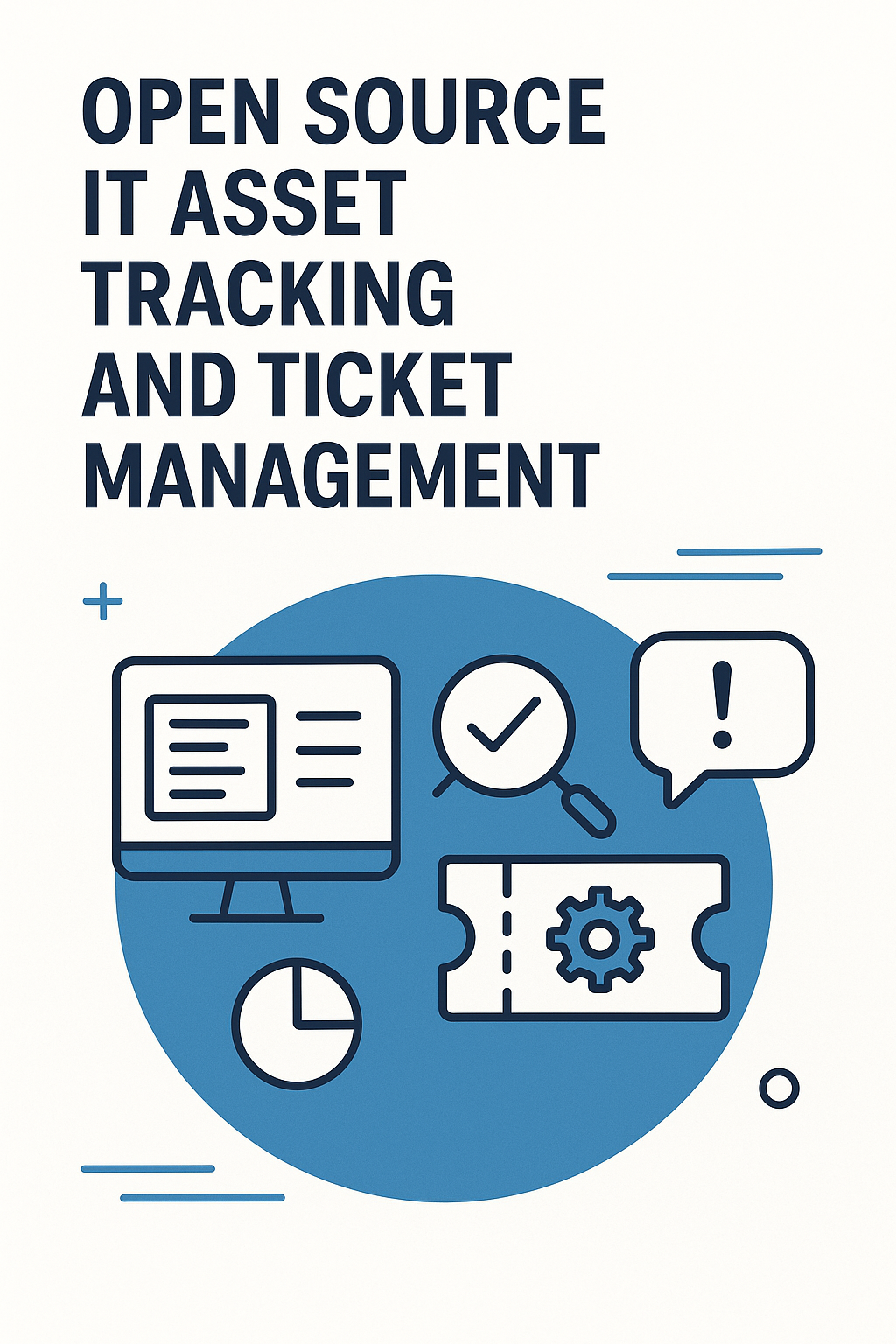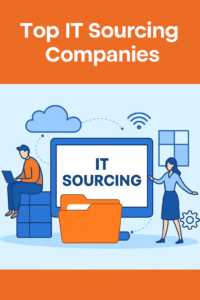In today’s rapidly evolving digital landscape, organizations heavily rely on their IT infrastructure to maintain day-to-day operations, support business growth, and ensure cybersecurity. Managing an extensive array of IT assets—such as hardware, software, licenses, and peripherals—can be a daunting task. Similarly, efficiently handling support tickets is crucial for maintaining user satisfaction and operational efficiency. To address these challenges, many organizations turn to open source solutions, which offer flexible, cost-effective, and customizable options for IT asset tracking and ticket management.
The Importance of IT Asset Tracking
IT asset tracking refers to the process of monitoring and managing all hardware, software, licenses, and other technological resources within an organization. Proper asset management helps organizations:
- Optimize resource utilization: By knowing what assets are available and their current status.
- Ensure compliance: Keeping track of software licenses and usage to meet legal requirements.
- Reduce costs: Identifying underutilized or obsolete assets to minimize unnecessary expenses.
- Improve security: Ensuring all devices are updated and protected against vulnerabilities.
- Facilitate audits: Providing accurate records for compliance purposes.
Traditional asset management methods often involve manual tracking via spreadsheets, which become unmanageable as organizations grow. Automated, software-based solutions are essential for scalable and reliable tracking, and open source tools are increasingly popular in this space.
Open Source Tools for IT Asset Tracking
Open source IT asset management (ITAM) tools offer organizations the freedom to customize and extend functionalities according to their specific needs. Some notable open source options include:
1. Snipe-IT
Snipe-IT is a widely used open source asset management system designed for IT teams. It provides features like hardware management, software license tracking, user assignments, and reporting.
Key features:
- Asset check-in/check-out
- Barcode scanning for quick asset identification
- User and location management
- Audit logs and reporting
- REST API for integrations
Advantages:
- User-friendly web interface
- Active community support
- Customizable through plugins and API
2. Open-AudIT
Open-AudIT is an inventory management solution that discovers and inventories hardware and software assets across networks.
Key features:
- Automated network discovery
- Detailed hardware/software audit reports
- Customizable dashboards
- Integration support
Advantages:
- Supports agent and agentless discovery
- Centralized view of network assets
- Free and open source
3. Ralph
Ralph is an open source asset management, data center, and DCIM (Data Center Infrastructure Management) platform.
Key features:
- Asset tracking across physical, virtual, and cloud environments
- Data center inventory management
- Lifecycle management
- Flexible reporting
Advantages:
- Suitable for large-scale organizations
- Supports complex deployment models
- Active development community
Ticket Management with Open Source Software
Efficient ticket management systems facilitate rapid issue resolution, prioritize workload, and monitor support team performance. Open source ticketing solutions provide organizations with customizable workflows, notification systems, and integrations.
Popular Open Source Ticketing Systems
1. osTicket
osTicket is one of the most popular open source helpdesk and ticket management systems.
Features:
- Ticket submission via email, web forms, or API
- Ticket tracking and assignment
- Automated notifications and alerts
- Knowledge base integration
- Customizable workflows and fields
Advantages:
- Easy to install and configure
- Rich plugin ecosystem
- Active community support
2. Zammad
Zammad is a modern open-source support system with capabilities similar to commercial products.
Features:
- Multi-channel ticketing (email, chat, social media)
- Role-based access control
- Automated workflows
- Comprehensive analytics
- API for integration
Advantages:
- User-friendly interface
- Real-time ticket updates
- Mobile accessibility
3. Request Tracker (RT)
Request Tracker (RT) is a highly customizable ticketing system suitable for more complex workflows.
Features:
- Ticket routing and escalation
- Advanced permissions
- Email and web-based ticket submission
- Custom workflows and scripting
Advantages:
- Highly flexible and scalable
- Extensive plugin ecosystem
- Suitable for large organizations
Benefits of Using Open Source Solutions
Choosing open source for IT asset tracking and ticket management offers numerous benefits:
- Cost-Effectiveness: No licensing fees; only costs associated with deployment, customization, and maintenance.
- Flexibility and Customization: Source code availability allows tailored adaptations to fit organizational workflows.
- Community Support: Large communities provide forums, plugins, and shared best practices.
- Transparency and Security: Open source code allows for audits and security assessments.
- Integration Capabilities: Open APIs enable seamless integration with existing systems and tools.
Challenges and Considerations
While open source tools offer significant advantages, organizations should be aware of potential challenges:
- Technical Expertise Required: Deployment, customization, and maintenance typically require skilled IT personnel.
- Support and Updates: Community support may be less predictable than commercial support; organizations should plan for internal or third-party support.
- Integration Efforts: Integrating multiple open source tools into a unified ecosystem can be complex.
- Scalability: Some tools may require optimization for very large-scale environments.
Implementing Open Source IT Asset and Ticket Management
A successful implementation involves:
- Assessment: Understand organizational needs, existing infrastructure, and technical capabilities.
- Selection: Choose suitable open source tools based on requirements.
- Deployment: Set up the infrastructure, including servers, databases, and network configurations.
- Customization: Tailor the features and workflows to organizational processes.
- Training: Educate staff on tool usage and best practices.
- Integration: Connect with other business systems such as CMDBs, monitoring tools, and security platforms.
- Monitoring and Improvement: Regularly review system performance and update configurations as needed.
Conclusion
Open source IT asset tracking and ticket management systems empower organizations to maintain control over their infrastructure and support operations without the burden of costly licenses. Their flexibility, transparency, and active communities make them ideal for organizations seeking to tailor solutions to their unique needs. While implementation requires technical expertise, the long-term benefits—cost savings, improved efficiency, and enhanced security—are compelling reasons to leverage open source tools. As technology continues to evolve, open source ecosystems will undoubtedly play an increasingly vital role in enterprise IT management.
Author:
Jabran Mustafa is an accomplished technology writer specializing in IT, SaaS, and software development. Launching his writing journey in 2022, he brings over three years of dedicated experience in delivering insightful, industry-leading content. Since 2024, he has been a key contributor to innovaesoft.com, where he consistently provides in-depth analysis and innovative perspectives. With a passion for demystifying complex tech concepts, Jabran’s work aims to empower professionals and catalyze digital transformation


















